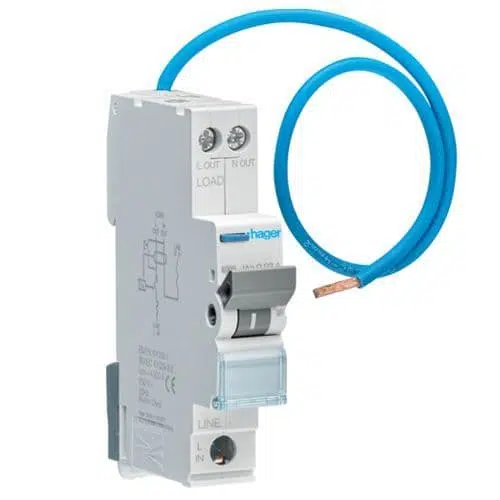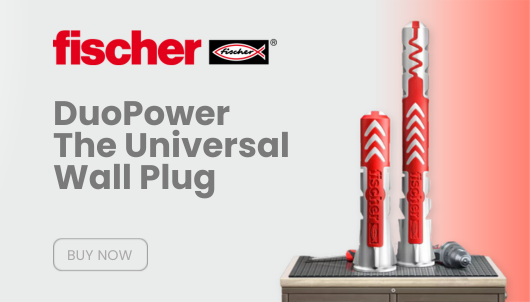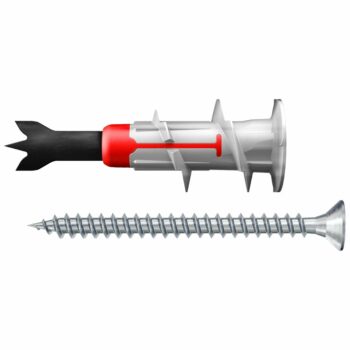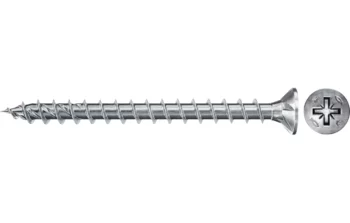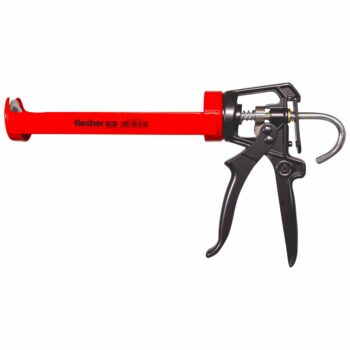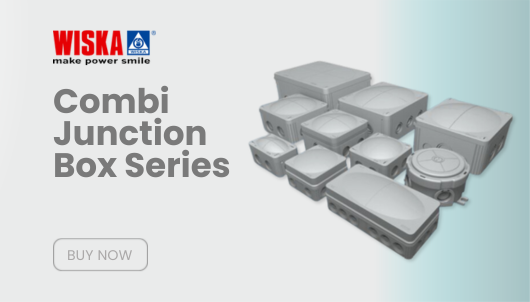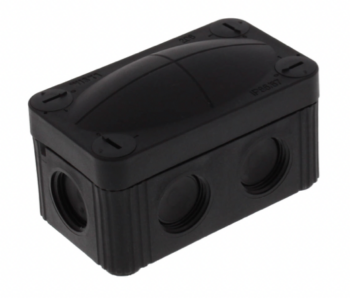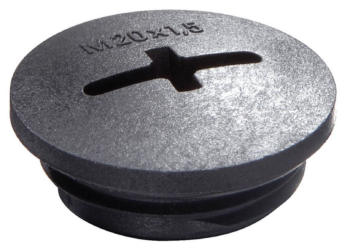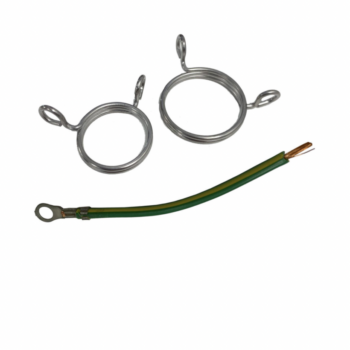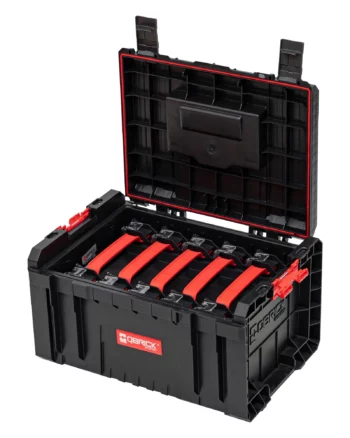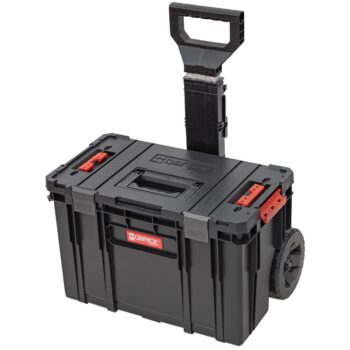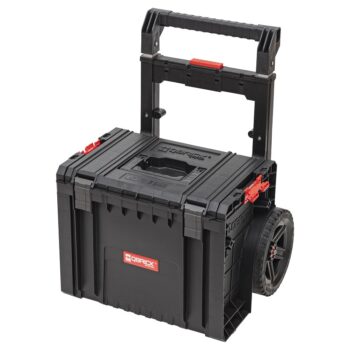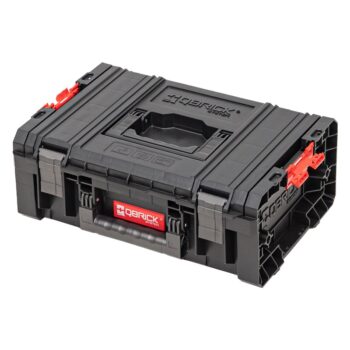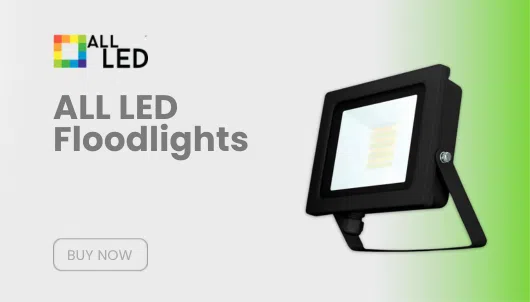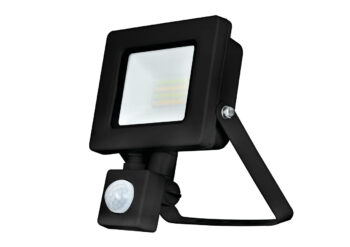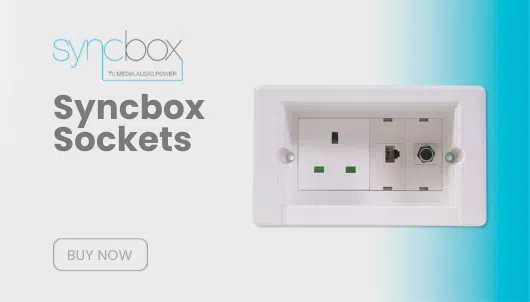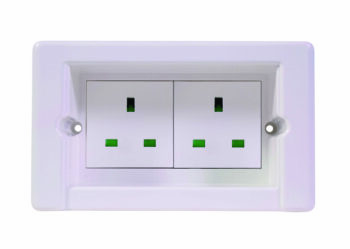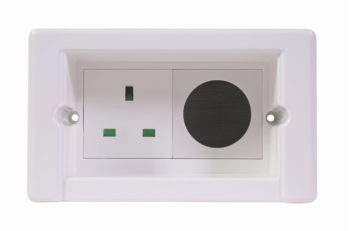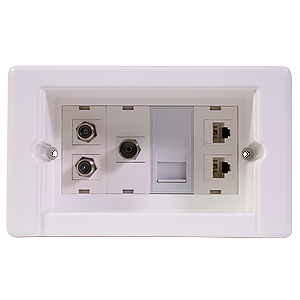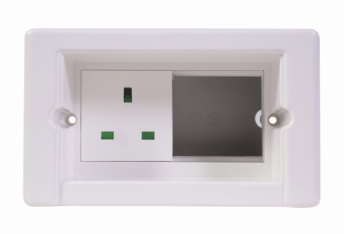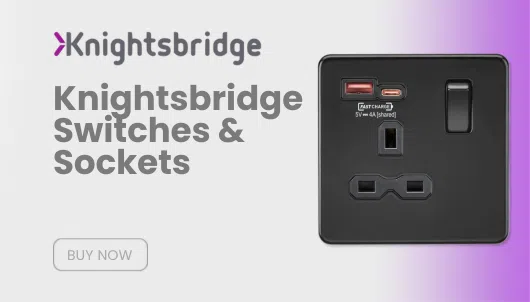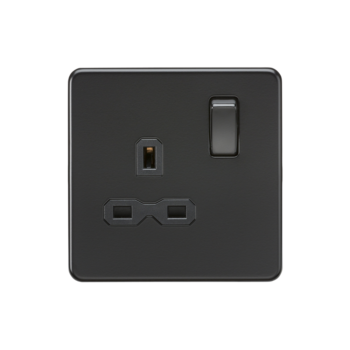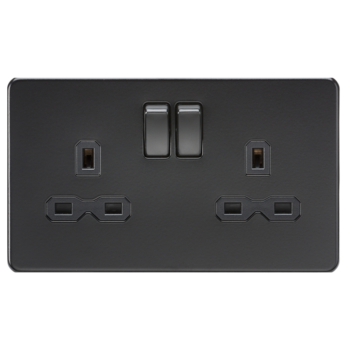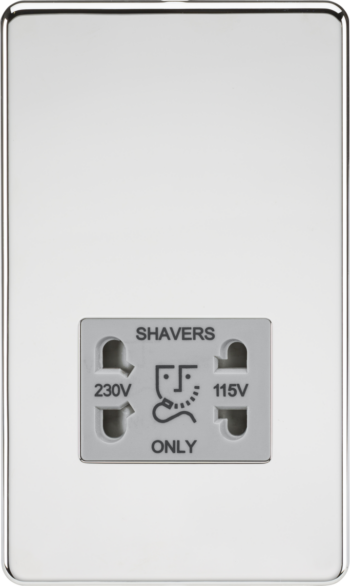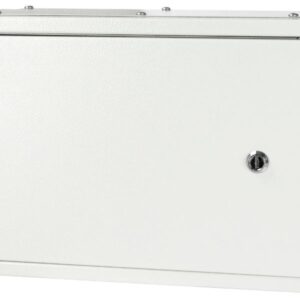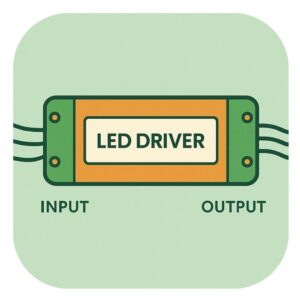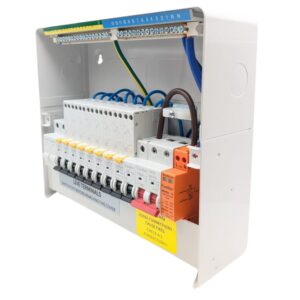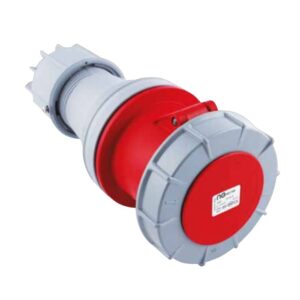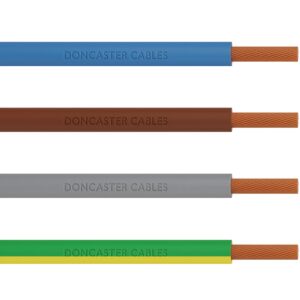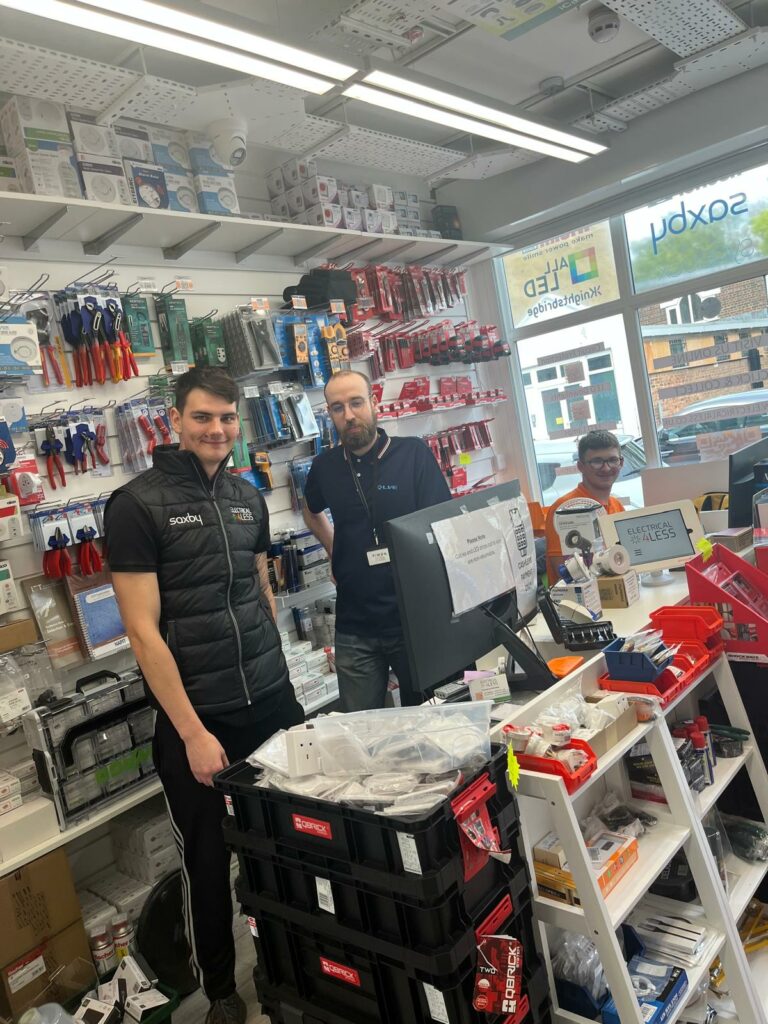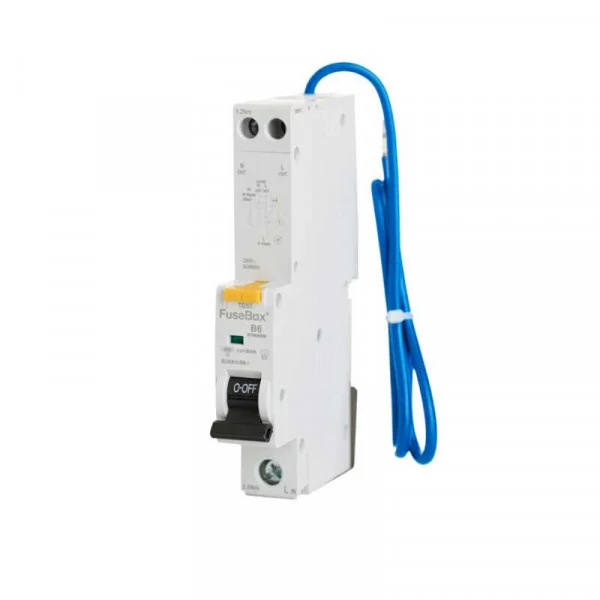
Type A RCBO
Type A Residual Current Circuit Breakers with Overcurrent Protection (RCBOs) are indispensable in modern electrical installations. These devices not only safeguard against overcurrents but also detect earth faults, making them vital for ensuring electrical safety. In this detailed guide, we will explore the technical aspects of Type A RCBOs, their significance in adhering to wiring regulations, and their role in complying with stringent safety standards. Whether you’re an installer, homeowner, or simply interested in electrical safety, understanding Type A RCBOs is crucial.
What are Type A RCBOs?
Type A RCBOs are multifunctional devices that combine the features of a Residual Current Device (RCD) and a Miniature Circuit Breaker (MCB). This combination allows them to offer comprehensive protection against various electrical faults, making them a crucial component in both residential and commercial electrical systems.
1. Residual Current Device (RCD) Functionality
One of the core functions of a this RCBO is its RCD capability. This function is specifically designed to detect and interrupt hazardous earth fault currents, which can be life-threatening. The RCD component continuously monitors the electrical current flowing through both live and neutral conductors. If it detects an imbalance, it trips the circuit, thereby providing immediate protection against electric shocks. This feature is particularly crucial in preventing injuries caused by direct or indirect contact with live electrical parts.
2. Miniature Circuit Breaker (MCB) Functionality
In addition to the RCD function, these RCBOs include an MCB feature. This aspect of the RCBO protects the electrical system from overcurrents, such as those caused by short circuits or excessive load. When the current exceeds the device’s rated threshold, the MCB mechanism activates, interrupting the circuit to prevent potential damage to electrical equipment and infrastructure. This dual functionality makes Type A RCBOs an essential protective measure against both electrical faults and potential fire hazards.
Unique Features of Type A RCBOs
One of the standout characteristics of Type A RCBOs is their ability to detect and respond to both alternating current (AC) and pulsating direct current (DC) earth leakage currents. This unique feature makes them particularly suitable for modern electrical environments, where devices like rectifiers, variable speed drives, and switched-mode power supplies are common. These electronic devices often generate pulsating DC currents, and the sensitivity of these A Type RCBOs to these currents ensures comprehensive protection against a broader range of fault scenarios.
Compliance with Wiring Regulations and Safety Standards
1. Protection Against Electric Shocks
Type A RCBOs are specifically designed to comply with the latest wiring regulations, offering enhanced protection against electric shocks. They are capable of detecting earth fault currents as low as 30mA, which is critical in reducing the risk of severe injury or fatality. This sensitivity makes Type A RCBOs a preferred choice for ensuring personal safety in both residential and commercial settings.
2. Enhanced Fire Safety
The MCB function within these RCBOs provides robust overcurrent protection. By automatically tripping the circuit in the event of an overcurrent, these devices prevent overheating and potential fire hazards. This feature is particularly important in environments with high electrical loads, where the risk of electrical fires is more pronounced.
3. Versatility in Modern Electrical Systems
In today’s electrical systems, the prevalence of electronic devices with rectifiers and power supplies that generate pulsating DC currents has increased. Their sensitivity to both AC and DC earth leakage currents, are well-equipped to handle these complex scenarios. This versatility ensures that they offer comprehensive protection, making them a reliable choice for modern installations.
Conclusion
In conclusion, Type A RCBOs are a crucial element in contemporary electrical installations, offering unparalleled protection against electric shocks, overcurrents, and fire hazards. Their compliance with current wiring regulations and ability to detect mixed AC and DC earth leakage currents make them an indispensable component for ensuring the safety and reliability of electrical systems. For installers and homeowners alike, choosing an A Type RCBOs means choosing a higher standard of safety, providing peace of mind that your electrical installations are protected against a wide range of potential hazards.
By incorporating these RCBOs into your electrical setup, you’re not just adhering to regulations; you’re prioritizing safety and ensuring the long-term integrity of your electrical systems. Whether for a new installation or an upgrade, Type A RCBOs are the smart choice for safeguarding lives and property.
Type A RCBO FAQ
Type A RCBOs are designed to detect both alternating current (AC) and pulsating direct current (DC) earth fault currents, making them suitable for circuits that include electronic devices like computers and appliances. Type B RCBOs, on the other hand, can detect AC, pulsating DC, and smooth DC earth fault currents. The Type B RCBOs are typically used in industrial settings where equipment such as variable speed drives and photovoltaic systems are present, as they provide more comprehensive protection against DC leakage currents.
Type A on an RCBO indicates that the device can detect and trip on both AC and pulsating DC earth fault currents. This type of RCBO is suitable for circuits that power electronic devices, ensuring enhanced protection against electric shocks and equipment damage.
Type A RCBOs are commonly used in residential and commercial installations where electronic devices are present. They are ideal for circuits powering computers, chargers, LED lighting, and appliances, providing reliable protection against faults.
Type A RCDs can detect AC and pulsating DC currents, making them suitable for modern installations with electronic devices. Type AC RCDs can only detect AC currents, making them less versatile and less capable of providing comprehensive protection in circuits with DC leakage currents.
Yes, Type A RCBOs are typically bidirectional, meaning they can be installed in either direction. However, it’s essential to check the manufacturer’s specifications, as some models may have specific installation requirements.
While Type B RCBOs are generally designed for industrial applications, they can be used in domestic settings where specific equipment, such as electric vehicle chargers or solar inverters, generate smooth DC currents. However, they are not commonly used for standard household circuits.
RCBOs combine the functions of an RCD and an MCB, providing protection against both earth faults and overcurrents. They offer a more comprehensive solution compared to an RCD, which only detects earth faults. This makes RCBOs a better choice for complete circuit protection.
An RCBO requires an earth connection to function correctly. It uses the earth as a reference point to detect imbalances between live and neutral conductors. Without an earth connection, the RCBO cannot properly detect earth faults and may not trip in hazardous situations.
For general-purpose sockets, a Type A RCBO is recommended, as it provides protection against both AC and pulsating DC currents, common in devices plugged into household sockets.
Yes, Type A RCBOs are suitable for car chargers, especially if the charger produces pulsating DC currents. However, for chargers generating smooth DC leakage currents, a Type B RCBO may be more appropriate.
For electric showers, a Type A RCBO is recommended due to its ability to detect both AC and pulsating DC currents, providing reliable protection in wet environments.
To determine if an RCBO is bidirectional, consult the manufacturer’s specifications or the installation instructions. The device may also have labeling or diagrams indicating the permissible installation directions.
Double-pole RCBOs disconnect both the live and neutral conductors during a fault, providing additional safety. While not always required, they are preferred in some circuits for enhanced safety, particularly in installations with higher safety requirements.
RCBOs can be used as main breakers if they meet the necessary specifications for current rating and fault current capacity. They offer the added benefit of earth fault protection along with overcurrent protection.
Type A RCDs are required in installations where electronic devices are present, as they offer protection against both AC and pulsating DC earth leakage currents. This ensures compliance with modern electrical standards and provides comprehensive protection.
For domestic use, Type A RCBOs are generally recommended. They offer comprehensive protection against both AC and pulsating DC faults, making them suitable for most household circuits.
Like all electrical devices, RCBOs can fail due to various factors such as mechanical wear, electrical stress, or manufacturing defects. Regular testing and maintenance are essential to ensure their reliable operation.
Cutting the neutral on an RCBO is generally not recommended, as it can compromise the device’s ability to detect earth faults and provide proper protection. Always follow the manufacturer’s guidelines for installation.
Type A RCDs became more widely recognized and recommended with the introduction of the 18th Edition of the IET Wiring Regulations (BS 7671) in July 2018. These regulations emphasize the use of RCDs that can detect both AC and pulsating DC currents, particularly in circuits with electronic devices.
The choice between Type A and Type B RCBOs depends on the specific requirements of the installation. These RCBOs are suitable for general use with electronic devices, while Type B RCBOs are necessary for installations with equipment that generates smooth DC currents, such as photovoltaic systems and electric vehicle chargers.
The “Type A” designation on an RCBO indicates that the device can detect and trip on both AC and pulsating DC earth fault currents, providing enhanced protection in circuits with electronic devices.
The difference between AC and RCBO A lies in their fault detection capabilities. AC RCBOs can only detect AC currents, while these RCBOs can detect both AC and pulsating DC currents, offering broader protection.
By understanding these FAQs, you can make informed decisions when selecting RCBOs for your electrical installations, ensuring optimal safety and compliance with current regulations.

